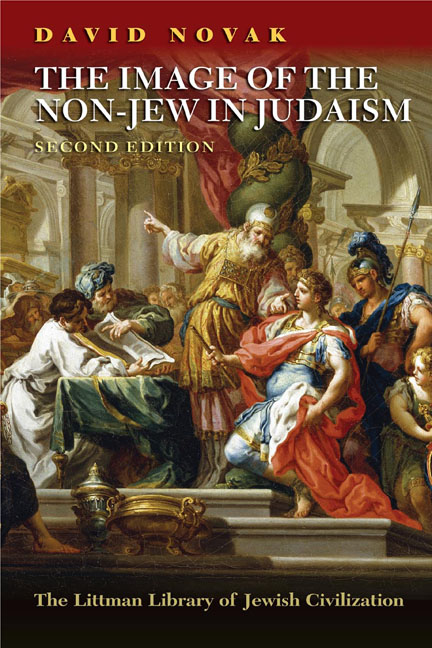Book contents
- Frontmatter
- Dedication
- Preface
- Acknowledgments
- Contents
- Chapter Summaries
- 1 The Origins of the Noahide Laws
- 2 The Law of Adjudication
- 3 The Law of Blasphemy
- 4 The Law of Idolatry
- 5 The Law of Homicide
- 6 The Law of Sexual Relations
- 7 The Law of Robbery
- 8 The Law of the Torn Limb
- 9 Aggadic Speculation
- 10 Maimonides’ Theory of Noahide Law
- 11 Albo's Theory of Noahide Law
- 12 Late Medieval Developments
- 13 Moses Mendelssohn and his School
- 14 Hermann Cohen and the Jewish Neo-Kantians
- 15 Conclusion
- Afterword
- List of Abbreviations
- Notes
- Bibliography
- Index
1 - The Origins of the Noahide Laws
- Frontmatter
- Dedication
- Preface
- Acknowledgments
- Contents
- Chapter Summaries
- 1 The Origins of the Noahide Laws
- 2 The Law of Adjudication
- 3 The Law of Blasphemy
- 4 The Law of Idolatry
- 5 The Law of Homicide
- 6 The Law of Sexual Relations
- 7 The Law of Robbery
- 8 The Law of the Torn Limb
- 9 Aggadic Speculation
- 10 Maimonides’ Theory of Noahide Law
- 11 Albo's Theory of Noahide Law
- 12 Late Medieval Developments
- 13 Moses Mendelssohn and his School
- 14 Hermann Cohen and the Jewish Neo-Kantians
- 15 Conclusion
- Afterword
- List of Abbreviations
- Notes
- Bibliography
- Index
Summary
Introduction
In this chapter I attempt to locate the origins of the Noahide laws in the history of Judaism. I first present the primary literary data, then I examine all of the pertinent theories in terms of the evidence they present. This evidence often seems counterfactual, and, in some cases, the philosophical assumptions that underlie the malso appear counterfactual. Thereafter I present my own theory and its evidence. A detailed examination is called for because there has been so much speculation about when the concept of Noahide law emerged in Judaism. How one locates this point of origin will, to a large extent, determine how one views the essence and development of this concept. Although we should avoid the genetic fallacy of reducing a concept to its origins, the demonstration of the order of its initial manifestation in history is required for a critical understanding. History is only intelligible if one can show how the components developed.
Literary Data
The first explicit presentation of the Noahide laws is found in the Tosefta, a work dated to the late second century. The text reads:
Seven commandments were the sons of Noah commanded: (1) concerning adjudication (dinim), (2) and concerning idolatry (avodah zarah), (3) and concerning blasphemy (qilelat Ha-Shem), (4) and concerning sexual immorality (giluy arayot), (5) and concerning bloodshed (shefikhut damim), (6) and concerning robbery (hagezel), (7) and concerning a limb torn from a living animal (ever min ha-hy).
Subsequently in a Tannaitic work, Seder Olam, and in the Babylonian Talmud, we find virtually the same statement quoted, except that the prohibition of blasphemy precedes that of idolatry. Furthermore, this text calls blasphemy birkat Ha-Shem (literally, “blessing the name of God”), which is a transparent example of a term used in its opposite meaning. In several midrashic texts we find the order of presentation as follows: (1) idolatry, (2) blasphemy, (3) adjudication, with the last four commandments in the same order as in the three aforementioned works.
In the Amoraic elaboration of this baraita in both the Talmud and Midrash, the sequence of these laws and their content is traced back to Gen. 2:16: “And the Lord God commandedman saying, ‘frome very tree of the garden you may surely eat.’”
- Type
- Chapter
- Information
- The Image of the Non-Jew in JudaismThe Idea of Noahide Law, pp. 11 - 35Publisher: Liverpool University PressPrint publication year: 2011

